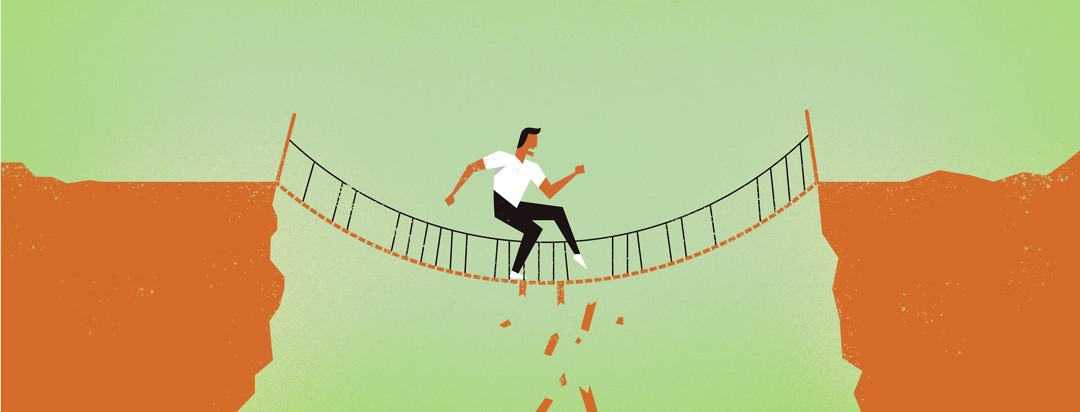Uninsured with Chronic Migraine: Advocacy in the Face of Off Odds
Navigating the hoops and hurdles of chronic migraine can be a full time investment. From hospital and doctor’s bills, to high prescription prices and searching for care that actually works - living with this disease can be a lot of work, on top of the pain it can cause.
Barriers to accessing care
Not only is it a lot of work existing with chronic pain, but there are also a lot of barriers to wellness and health, in general. One huge barrier to care for a lot of migraine patients is the financial toll it takes. It can be costly to be ill, and some of us can’t afford to keep up with or pursue our care as well as we should.
Recently, I lost my health insurance coverage under my family’s healthcare plan, and am now uninsured with chronic pain. I have already seen drastic changes to my accessibility to care, which for me means that I have to make my own drastic changes and pursue advocacy for myself even further to maintain the level of care I am used to.
Increasing prescription costs
One of the immediate changes I noticed right after becoming uninsured, was an almost 300% price increase (y i k e s) for some of my migraine prescriptions. The first time I went to pick up medication after becoming uninsured, I was shocked---and thrust into action. My medications had luckily been written for months out after I knew my coverage would end, so I reasoned that would at least give me time to learn more about where to go next.
I realized rather immediately that I was going to have to try to be proactive in advocating for myself in this new arena because if not, I risk more pain-filled days without relief and worsening condition. While I knew that my care would be expensive, I wasn’t expecting that high of an increase, and truth be told, it was already a big financial strain when I had insurance.
Looking for low-cost options
I knew my next step was finding ways to lower the costs of my life-saving medications to continue my care. I previously wrote about low-cost options for migraine patients in pursuing care, and it was time to further engage with and implement some of those options for myself.
Navigating insurance plans and resources
One of the more difficult portions of this new uninsured landscape for me is doing further research and navigating healthcare, while the pain continues. It can be confusing to navigate the language and qualification processes for different levels of care, and it sure isn’t any easier with migraine.
Upon applying for healthcare after losing my insurance, I was not able to obtain a plan through the marketplace nor am I eligible for Medicaid. I am in the process of learning more about why, but for now, I am in the weird space along with many other people who are necessarily uninsured.
A network full of information
Combing through the Migraine.com site for insurance-specific information, as well as talking with community members has opened up a lot of options. Building community with others who share the condition makes the labor of research more manageable. Our experiences and stories provide access to options we can try---even if something doesn’t work, it helps to know what routes are available to us.
Limited access to specialists
Losing my insurance has also changed my accessibility to healthcare professionals. Suddenly, I have limited access to the facilities and specialists I am used to, mostly because of the cost of being seen. Communicating with our doctors about new changes in coverage is a huge part of self-advocacy, but it is exhausting and sometimes does not the yield positive results we hope for.
Asking questions
However, it is always worth it, in my opinion, to ask what can be done. Besides asking what options are available to me to still be seen at my previous care sites, I have also marked in the schedules for the free clinics and health centers in my town, as I plan on going in for conversations with the doctors there.
In general, these professionals may not be specialized in migraine treatment. However, I believe it is still a good idea for me to form relationships with them just in case they have knowledge or recommendations for affordable care that they can offer.
An ongoing and tiresome process
It is an ongoing and tiresome process, but the more answers I can get that lead me to a more complete care regimen again, the better. Navigating chronic pain, with or without insurance, can be just plain arduous and exhausting. It requires a lot of self-advocacy, research, and constant outward communication about care. Still, there are many options available to try for patients, whether or not they are insured.
Are you uninsured with chronic pain? What hurdles have you experienced? Do you have tips or advice for the community on navigating illness while uninsured? Let’s discuss in the comments!

Join the conversation